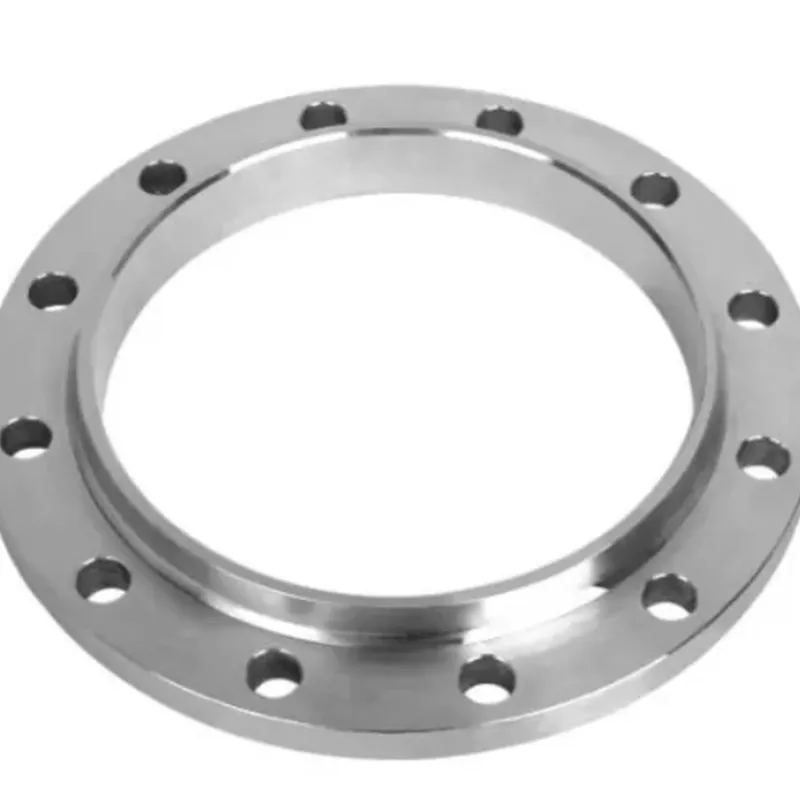-
Cangzhou Yulong Steel Co., Ltd.
-
Phone:
+86 13303177267 -
Email:
admin@ylsteelfittings.com
- English
- Arabic
- Italian
- Spanish
- Portuguese
- German
- kazakh
- Persian
- Greek
- French
- Russian
- Polish
- Thai
- Indonesian
- Vietnamese
- Zulu
- Korean
- Uzbek
- Hindi
- Serbian
- Malay
- Ukrainian
- Gujarati
- Haitian Creole
- hausa
- hawaiian
- Hebrew
- Miao
- Hungarian
- Icelandic
- igbo
- irish
- Japanese
- Javanese
- Kannada
- Khmer
- Rwandese
- Afrikaans
- Albanian
- Amharic
- Armenian
- Azerbaijani
- Basque
- Belarusian
- Bengali
- Bosnian
- Bulgarian
- Catalan
- Cebuano
- China
- China (Taiwan)
- Corsican
- Croatian
- Czech
- Danish
- Esperanto
- Estonian
- Finnish
- Frisian
- Galician
- Georgian
- Kurdish
- Kyrgyz
- Lao
- Latin
- Latvian
- Lithuanian
- Luxembourgish
- Macedonian
- Malgashi
- Malayalam
- Maltese
- Maori
- Marathi
- Mongolian
- Myanmar
- Nepali
- Norwegian
- Norwegian
- Occitan
- Pashto
- Dutch
- Punjabi
- Romanian
- Samoan
- Scottish Gaelic
- Sesotho
- Shona
- Sindhi
- Sinhala
- Slovak
- Slovenian
- Somali
- Sundanese
- Swahili
- Swedish
- Tagalog
- Tajik
- Tamil
- Tatar
- Telugu
- Turkish
- Turkmen
- Urdu
- Uighur
- Welsh
- Bantu
- Yiddish
- Yoruba

Nov . 09, 2024 06:00 Back to list
Exploring the Benefits and Applications of Ductile Iron Cross Components in Engineering
Understanding Ductile Iron Cross A Blend of Strength and Versatility
Ductile iron, also known as spheroidal graphite iron or nodular cast iron, has emerged as a material of choice in various engineering and manufacturing applications, particularly in the production of castings like cross members. Its unique properties, stemming from its microstructure, make it an ideal option for components that require high strength, toughness, and ductility. The ductile iron cross, often used in automotive and structural applications, exemplifies these characteristics.
What is Ductile Iron?
Ductile iron is characterized by the presence of spherical graphite inclusions in its matrix, which enhance its mechanical properties compared to conventional cast iron. This material is produced by adding small amounts of magnesium to the molten iron during the casting process. The result of this treatment is a significant improvement in tensile strength, yield strength, and impact toughness, making ductile iron suitable for demanding applications. Its ability to absorb energy before failure is vital for components subjected to dynamic loads.
Applications of Ductile Iron Cross
One of the most common uses of ductile iron is in the manufacturing of cross members for vehicles and various industrial applications. Cross members serve as structural reinforcements, enhancing the rigidity and stability of the overall frame. In automotive design, they are crucial for protecting passengers in the event of a collision, demonstrating the importance of using high-strength materials that can withstand impact forces.
The automotive industry is not the only sector benefiting from ductile iron cross members. In civil engineering, these components are utilized in bridges, buildings, and other structures where load-bearing capabilities are paramount. The combination of ductility and strength allows these cross members to perform well in environments where stress and strain fluctuate.
Advantages of Using Ductile Iron Cross
ductile iron cross

1. Enhanced Mechanical Properties Ductile iron's tensile strength and yield strength make it superior to traditional cast iron. This means components can be designed to be lighter without compromising structural integrity.
2. Resistance to Fracture The spherical graphite structure provides excellent resistance to sudden impact and fatigue, essential for components subject to varying load conditions.
3. Longer Service Life Components made from ductile iron exhibit better wear resistance compared to their counterparts made from other materials, leading to a longer lifespan and reduced maintenance costs.
4. Versatility in Design Ductile iron can be cast into complex shapes and configurations, allowing engineers and designers to innovate and create efficient and effective designs.
5. Cost-Effectiveness While the initial costs of ductile iron might be somewhat higher, the overall lifecycle cost is often lower due to reduced maintenance and replacement needs.
Conclusion
The ductile iron cross exemplifies the material's remarkable properties and their application in diverse fields. Its unique combination of strength, ductility, and toughness has made it a popular choice in industries where structural integrity is a priority. As technology advances and the need for more resilient materials grows, the use of ductile iron in critical components like cross members will continue to expand.
Engineers and manufacturers must understand the advantages of ductile iron, not just for producing high-performance components but also for ensuring safety and reliability in end products. As industries evolve, embracing innovative materials like ductile iron leads to safer, more efficient designs that meet the challenges of modern engineering dilemmas. In summary, the ductile iron cross is not just a component; it represents the marriage of technology and material science, paving the way for future advancements in engineering.
Latest news
-
ANSI 150P SS304 SO FLANGE
NewsFeb.14,2025
-
ASTM A333GR6 STEEL PIPE
NewsJan.20,2025
-
ANSI B16.5 WELDING NECK FLANGE
NewsJan.15,2026
-
ANSI B16.5 SLIP-ON FLANGE
NewsApr.19,2024
-
SABS 1123 FLANGE
NewsJan.15,2025
-
DIN86044 PLATE FLANGE
NewsApr.19,2024
-
DIN2527 BLIND FLANGE
NewsApr.12,2024
-
JIS B2311 Butt-Welding Fittings LR/SR 45°/90° /180°Seamless/Weld
NewsApr.23,2024











